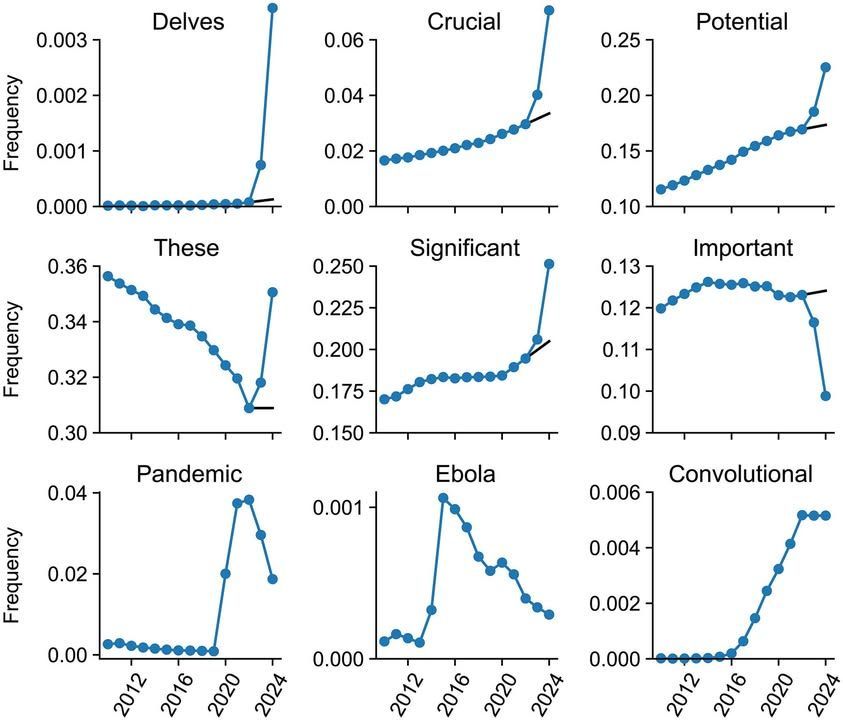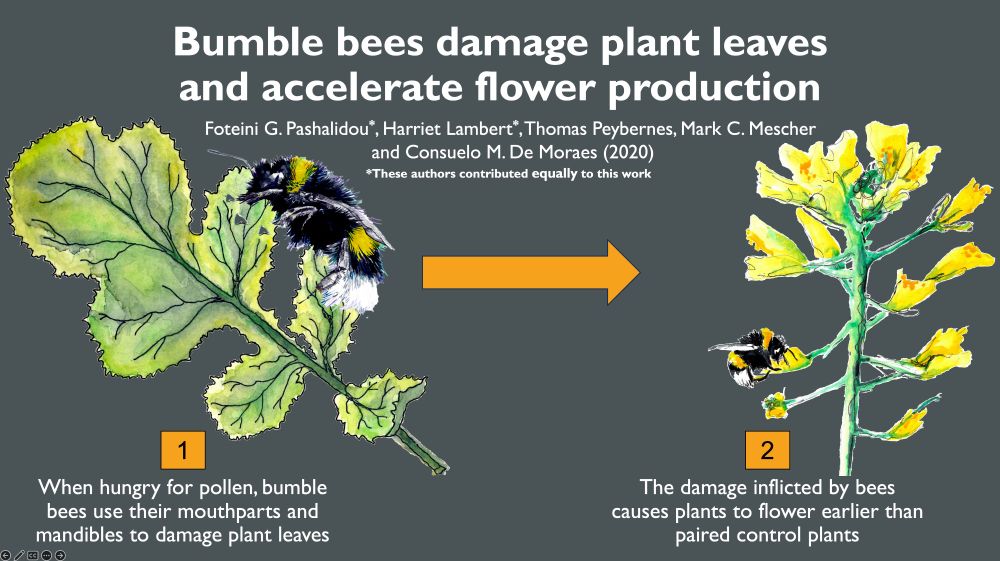Bee Research Papers
@beeresearchpapers.bsky.social
100 followers
50 following
19 posts
Curating research on wild and managed bees, plant pollination and pollinator biology.
Posts
Media
Videos
Starter Packs
Science Magazine
@science.org
· Aug 10

Delving into LLM-assisted writing in biomedical publications through excess vocabulary
Large language models (LLMs) like ChatGPT can generate and revise text with human-level performance. These models come with clear limitations, can produce inaccurate information, and reinforce existing biases.
scim.ag
Reposted by Bee Research Papers
Théotime Colin
@theotimecolin.bsky.social
· Apr 14

Australian honeybees are under attack by mites and beetles. Here’s how to keep your backyard hive safe
Varroa mites and small hive beetles are threatening Australian honey producers. Here’s how backyard beekeepers, and everyday honey lovers, can help.
theconversation.com
Reposted by Bee Research Papers
Reposted by Bee Research Papers
Reposted by Bee Research Papers
Reposted by Bee Research Papers
Reposted by Bee Research Papers
iBartomeus
@ibartomeus.bsky.social
· Oct 19














